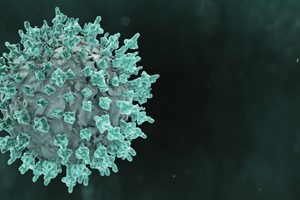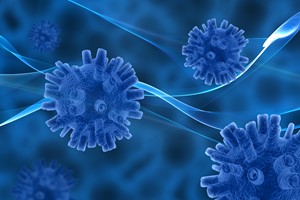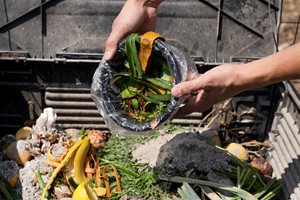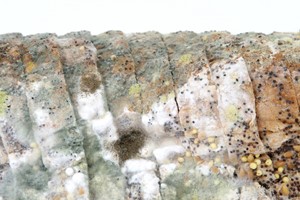In the realm of food preservation, lantibiotics have long been revered for their remarkable antimicrobial properties. These naturally occurring peptides, produced by bacteria, serve as potent guardians against foodborne pathogens, ensuring the safety and longevity of various food products. However, recent research has shed light on a double-edged nature underlying their use, raising important questions about their impact on gut health and the delicate balance of the microbiome.
Lantibiotics such as nisin, commonly found in cheese and sausages, have garnered widespread acclaim for their effectiveness in combating harmful microbes like Listeria and E. coli. Their ability to enhance food safety and extend shelf life has made them indispensable in the food industry. Yet, beneath their protective façade lies a concerning reality - the potential to disrupt the intricate ecosystem of the gut microbiome.
Traditionally, it was believed that gut bacteria possessed a certain level of resilience against lantibiotics due to their unique environment and evolutionary adaptations. However, emerging research challenges this assumption, revealing a previously unexpected vulnerability among commensal gut bacteria. These beneficial microbes, vital for crucial functions such as digestion and nutrient absorption, are found to be more susceptible to lantibiotics than certain pathogens, raising alarm bells regarding their potential impact on gut health.
The long-term consequences of regular lantibiotic consumption on gut health remain shrouded in uncertainty, necessitating further investigation to elucidate the cumulative effects and potential alterations in gut composition. Moreover, individual variations in gut microbiomes suggest the need for personalized approaches to mitigate any adverse effects effectively.
To address these concerns, researchers are delving into various strategies. Understanding how gut bacteria develop resistance to lantibiotics can inform the development of measures to minimize their negative impact while preserving their benefits in food preservation. Targeted delivery methods that specifically target pathogens in food can help minimize collateral damage to beneficial gut bacteria. Additionally, exploring alternative antimicrobial approaches offers promise in reducing reliance on lantibiotics.
Looking ahead, it is evident that further research is imperative to unravel the intricate interplay between lantibiotics, gut bacteria, and overall gut health. Individual awareness of ongoing research and potential risks associated with lantibiotics in food is crucial for making informed dietary choices that prioritize gut health.














